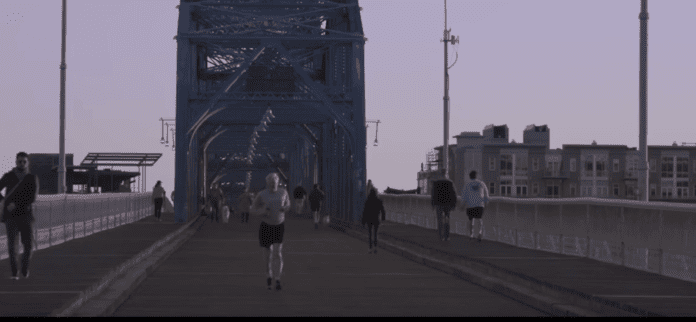Mayor Andy Berke wants other mid-size cities to leverage fiber for economic development
SAN FRANCISCO–The Chattanooga, Tenn., that Mayor Andy Berke grew up in “was a steel and foundry city. It was dying. Downtown was a great place to take a date because you could be alone,” he told RCR Wireless News during an interview at Mobile World Congress Americas. That all changed in 2008 when the city blazed its own path, eschewing service providers to build out its own fiber optic network.
“It has been a transformation,” he said. “We’re seeing a completely different city. Now we’re a city of the future. It has brought thousands of jobs, changed our energy consumption and resiliency, really helped us see a bigger and brighter future for the city. We had zero tech industry in 2008. Now we have a burgeoning tech world.”
The city’s fiber network covers some 150,000 homes and businesses. STEM students leverage the high-speed connectivity to get a real-time view of biological specimens being examined across the country by researchers at the University of Southern California. Municipal departments, like police and public works, use the connectivity to drive public safety and optimize waste collection routes. The city’s Innovation District is attracting new businesses and entrepreneurs, which has spurred significant wage growth in the area.
“We expected tech companies to just move in,” Berke said. “That didn’t happen. What we learned is you have to work hard to learn how to use the network that you’ve deployed. You have to look for quality partners like we have in Nokia and others. Through all that you start to build an ecosystem that’s real.”
But it’s important to not focus solely on attracting new businesses and enabling municipal efficiencies. Part of the core strategy around the fiber network, Berke said, is “digital equity. It’s a huge push for us. To me, there’s two elements: access and literacy. On the access side, it’s all about making sure people have our high-speed broadband and are using it, which leads to literacy. $5 is too much for high-speed broadband if you don’t know how to use it. It’s one of my favorite things in the city—seeing people learning how to use computers and learning those type of skills.
Next up, Berke said, are using the network to improve transportation and mobility, collect information on citizens’ health and a smart lighting system.

